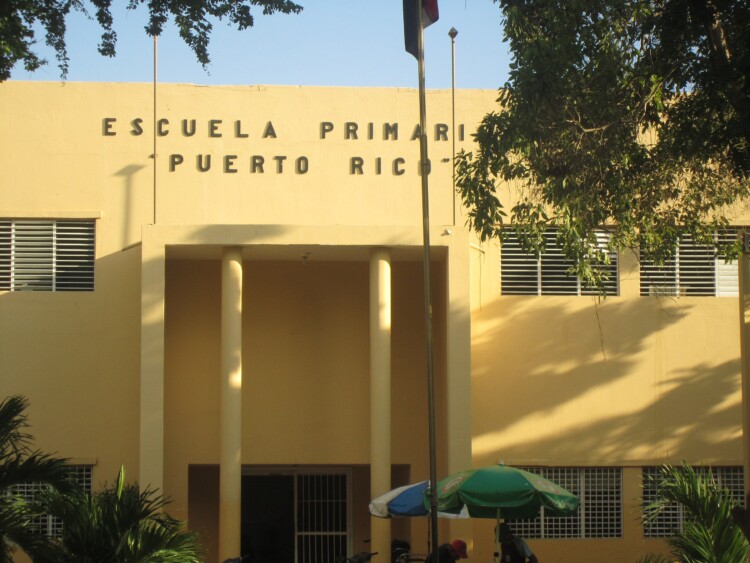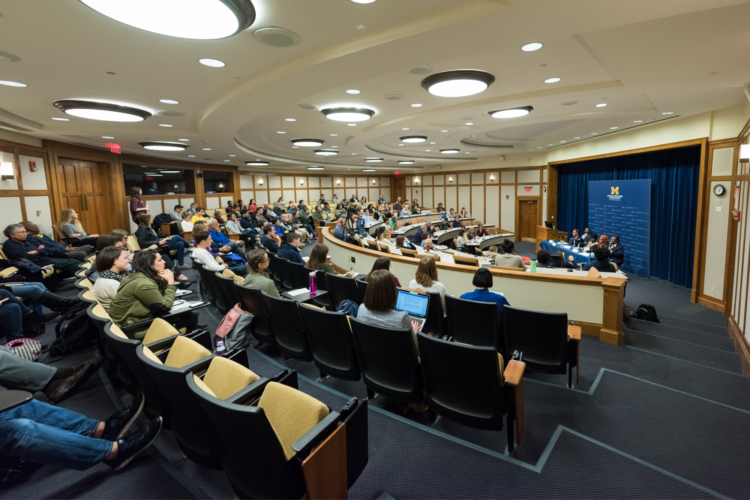We recently observed and interviewed leaders in a major urban school district as they set out to revise their district’s school improvement policies. In pursuing their goals, the leaders we followed drew heavily from the 2010 book, Organizing Schools for Improvement: Lessons from Chicago. Drawn from a longitudinal research study of hundreds of schools, Organizing Schools for Improvement provides a framework for school improvement that points to five essential supports for reform.
The deputy superintendent and all assistant superintendents read the book, met several times to discuss it, and built the five essential supports into their school improvement planning documents. District leaders we spoke with reported that the book offered a “common set of vocabulary about the features of effective schools,” something that the central office had lacked before. The language of “five essential supports” and the “lessons from Chicago” seeped into multiple district discussions. Leaders used existing funding to invest in strategies to support these five essential supports, and district leaders attended to these supports when they visited schools and worked with principals and teachers.
This case is an example of what Carol Weiss called “conceptual” or “enlightenment” use of research. Rather than being consulted in the course of a specific decision, the research evidence in Organizing Schools for Improvement provided policymakers new ideas and frameworks that influenced how they individually and collectively approached their work. It shaped the beliefs and understanding that leaders drew on as they considered issues to address and evaluated potential solutions.
We often imagine that research use involves district leaders reviewing studies on the efficacy of different programs they are considering adopting, weighing pros and cons, and making a selection. But the conceptual use of research does not inform one specific decision directly. Instead, it influences what district leaders prioritize and focus on as they do their work. This, in turn, influences a variety of policy actions and problem solving decisions across the school system.
Still, policymakers and researchers often underestimate the conceptual role for research evidence. Because the process may be more indirect and diffuse than how we typically imagine the use of research evidence, it can be difficult to “see” the conceptual use of research in action. It doesn’t conform to typical expectations of linear decision making. It can take time for research ideas to infiltrate the policy environment and contribute to shifts in understanding. Policymakers may not be able to account for how their ideas have shifted or pinpoint which particular research findings have contributed to policies. Tracing it takes patience and a willingness to observe how ideas travel across different settings.
Yet, when we undervalue or ignore conceptual use, we do not get the full picture of when and how research shapes policy. Indeed, many studies have found that the conceptual use of research can be quite consequential for district policymaking.
Conceptual use of research can take different forms
First, engagement with research can introduce new concepts. In our recent study, we asked district leaders across three major districts to name a piece of research that they have found useful in the last year, if any. One district leader named a researcher and reported:
“He makes me think conceptually. He wrote an article, which is what got me into multiplication as scaling: ‘Stop teaching multiplication as repeated addition.’ I’ve been thinking about what that means, how it could happen, how you could do that. That’s a huge mind-bender for me. It’s more conceptual, I guess.”
Reading this article caused the district leader to think differently about mathematics teaching. This new insight had broader impact as well. The leader incorporated these new ideas into the district core curriculum and professional development for teachers.
Another form of conceptual use is that engagement with research enables people to see a problem they didn’t see before, or see a problem in a new light. In an earlier longitudinal study of district policymaking in English and mathematics, one of us saw conceptual use of research in close to half of the decisions that unfolded in the central office over three years. For instance, after discussing research on professional development with an outside provider multiple times across a year, district leaders began to see their then-current approach to professional development as problematic.
Here, the ideas from the research (along with their engagement with the consultant) helped leaders to reframe their conceptions of what constitutes high-quality PD. As a result, they not only began to shift their PD offerings from one-off workshops to more extended and in-depth offerings rooted in the districts’ curriculum, they also shifted district policy, changing school schedules to allow for time during the school day for ongoing, situated training.
Third, findings from research can help broaden or narrow understandings about the kinds of solutions should be considered and are most appropriate to pursue. In our recent three-district study, leaders charged a task force with developing a new policy on middle- and high-school mathematics courses, given the reorganization of mathematics content in the Common Core State Standards. Early on in the debate, we observed meetings where task force members considered a range of possible policy solutions, including honors courses in middle school.
During this deliberation, they read research on the impact of detracking and heterogeneous mathematics courses. Soon thereafter, the honors options were taken off the table, and the task force ultimately advocated for a heterogeneous approach to middle-school mathematics. When asked about this decision, members of the task force pointed to the research as playing a significant role in identifying policy solutions that served all students.
Finally, research can also provide a framework to guide action. In interviews, district leaders reported that research-based frameworks, like the one presented in Organizing for School Improvement, were valuable to their daily work. In another example, the book Instructional Rounds in Education: A Network Approach to Improving Teaching and Learning played a role in how leaders organized instructional walk-throughs. One leader told us that Instructional Rounds framed what he and colleagues looked for in classrooms, the kinds of questions they asked, and the type of feedback that they shared with teachers and principals. The framework guided the way that he and his colleagues engaged with one another around a shared vision of high-quality instructional practice.
The conceptual use of research is a potentially powerful way to inform policy. When used conceptually, research serves to introduce new ideas, help people identify problems and appropriate solutions in new ways, and provide new frameworks to guide thinking and action. What’s more, the conceptual use of research can have long-term consequences. Rather than influencing a single decision, it shapes how people see the world, how they respond to problems they encounter in their every day work, and how they design and manage solutions. It touches not only policymaking but also policy implementation. We agree with Carol Weiss, who argued “…this process—bringing new perspectives to attention and formulating issues for resolution—may be the most important contribution that social research makes to government policy.”



